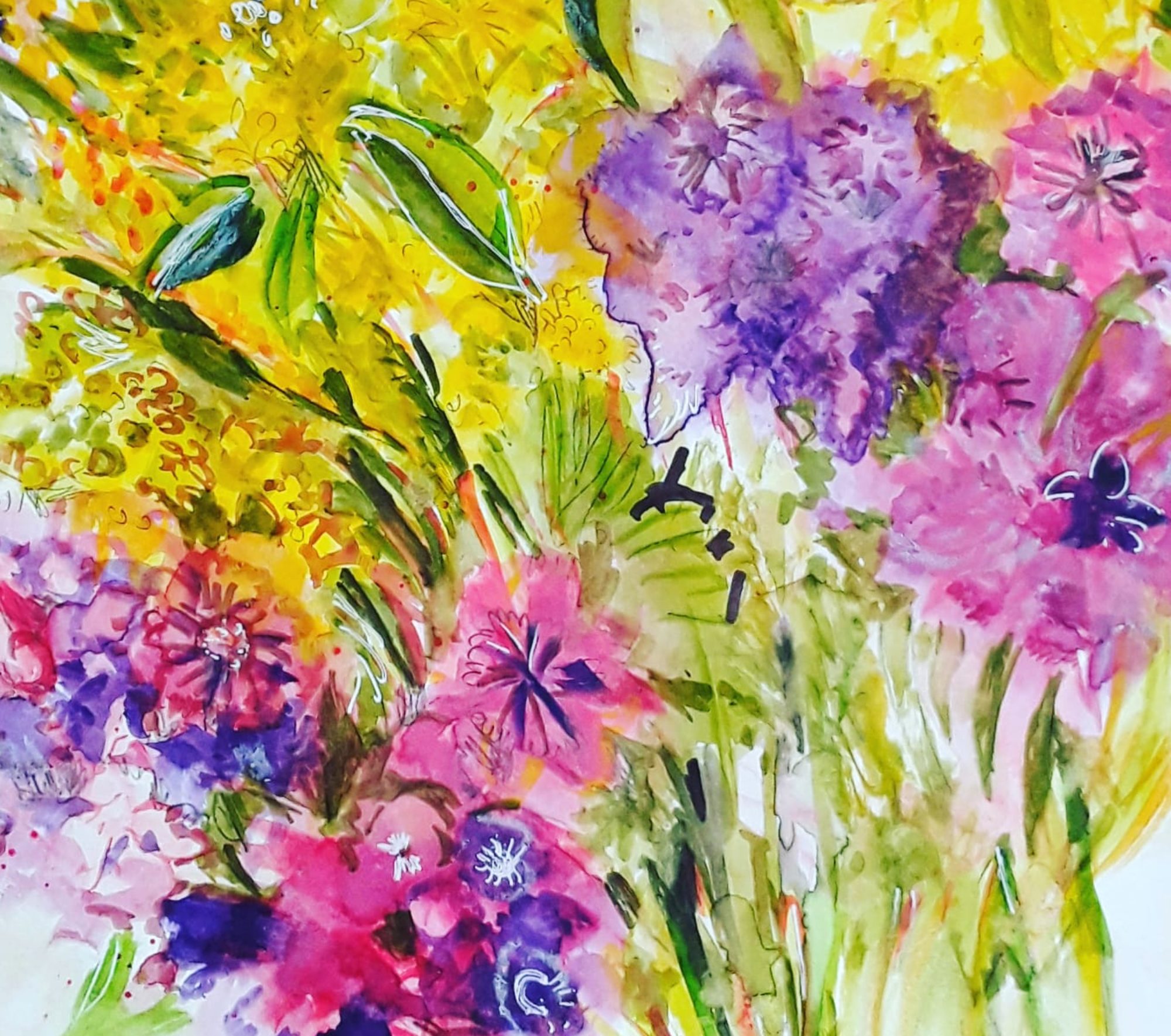
Good morning everyone. Over the years I have done my fair share of studying old masters, in paint and pencil. In fact, I have always considered it a very useful exercise. And you can learn quite a lot by trying to recreate some of the effects produced by the artist. Actually, this seems to work whether you use the same materials or not. For example the type of paint e.g oils or acrylic, or support (canvas or paper) and so on. In my opinion, there’s always something to be gained by looking closely at the composition, choice of colours and the actual brushstrokes.
And, in my experience, it doesn’t matter which stage you are at in your painting journey. But, the key point is to approach the exercise with the intention to learn . And not to put too much pressure on yourself to paint an exact copy. But it is more enjoyable all round if you choose an artist you admire, or even love! Ok, I confess, I’ve got quite a few ‘ Van Gogh’s ‘ in the archive!
Studying Old Masters – Joachin Sorolla

Well, this is the study I painted in acrylics a few days ago whilst following an online tutorial. Actually, see here for my post on a John Sell Cotman study I completed with this same tutor. To be honest, I’m very fond of this Spanish artist, Joaquin Sorolla, and he is very well-known for painting light. As you can see, I attempted to show the glare of the hot summer sun at the beach. In particular, the extremely subtle play of light on the white cotton material of the young girl’s dress. Admittedly, not an easy task, but it really made me practise mixing slight shifts in tone. And, I will need to improve this skill if I want to progress in my painting. In effect, this is the value in studying old masters.
My Study of Paul Klee’s Abstract Landscape

Finally, I’d like to show you my study of a fab abstract landscape by Paul Klee. He was a Swiss artist who taught at the famous Bauhaus school of art and design. And I love everything he painted! In order to recreate this work in the class I followed online, we first laid down the grid of lines . As you might imagine, these represent the contours and field boundaries of the land. Then came the fun part. First of all, a soft , hazy background of light brown. Then we treated each section separately using a limited palette of yellow ochre, cobalt blue, crimson, black and white. And the finishing touches were the ‘lollipop’ trees and the tiny flowers.
To sum up, whilst working on this piece, I concentrated on choosing harmonious combinations of the colours obtained from the limited palette. Also, I had to think very carefully about the placement of the features in this tightly controlled composition. If you want to see some of my much less tightly controlled abstracts, see this post here. But, I just love studying like this – an unexpected bonus of having lots of free time at the moment.
































